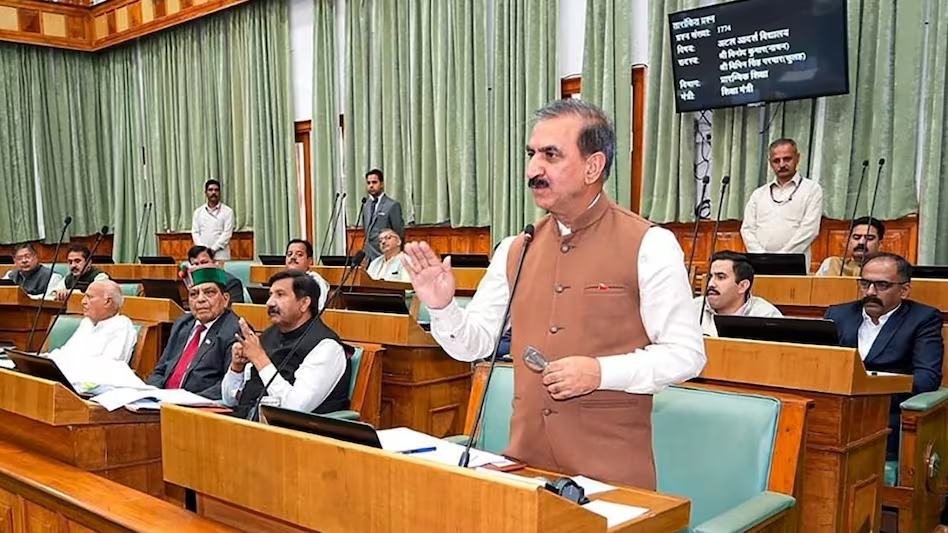- Courses
- GS Full Course 1 Year
- GS Full Course 2 Year
- GS Full Course 3 Year
- GS Full Course Till Selection
- Answer Alpha: Mains 2025 Mentorship
- MEP (Mains Enrichment Programme) Data, Facts
- Essay Target – 150+ Marks
- Online Program
- GS Recorded Course
- Polity
- Geography
- Economy
- Ancient, Medieval and Art & Culture AMAC
- Modern India, Post Independence & World History
- Environment
- Governance
- Science & Technology
- International Relations and Internal Security
- Disaster Management
- Ethics
- NCERT Current Affairs
- Indian Society and Social Issue
- NCERT- Science and Technology
- NCERT - Geography
- NCERT - Ancient History
- NCERT- World History
- NCERT Modern History
- CSAT
- 5 LAYERED ARJUNA Mentorship
- Public Administration Optional
- ABOUT US
- OUR TOPPERS
- TEST SERIES
- FREE STUDY MATERIAL
- VIDEOS
- CONTACT US
GeM PORTAL: PROCUREMENT CROSSES RS 4 TRILLION MARK IN FY24
GeM PORTAL: PROCUREMENT CROSSES RS 4 TRILLION MARK IN FY24
-1711975824176.png)
The Government e-Marketplace (GeM) portal has achieved a remarkable milestone by surpassing Rs 4 trillion in procurement of goods and services during the current fiscal year. This achievement showcases the portal's innovative digital features and capabilities that have revolutionized public procurement by enhancing efficiency, promoting transparency, and streamlining processes.
About GeM Portal
- Government e-Marketplace (GeM) is a digital platform for buying and selling of goods and services exclusively catering to the needs of government entities.
- GeM serves as the Public Procurement Portal for Central Government, State Government Ministries, Departments, Public Sector Units (PSUs), and affiliated organizations.
- The portal was launched in August 2016 by the Ministry of Commerce and Industry.
- The Ministry of Finance authorized and mandated the use of GeM for government purchases by adding a new Rule No. 149 to the General Financial Rules, 2017.
- The primary objective of GeM is to improve efficiency, transparency, and speed in public procurement processes.
Objectives of GeM Portal
- Enhance efficiency, transparency, and speed in public procurement processes
- Provide diverse procurement options, including direct purchase, bidding with reverse e-auctions, and e-bidding.
- Mandate government departments and ministries to procure goods and services through the portal
- Promote efficient price discovery, economies of scale, and the sharing of best practices.
Advantages of GeM Portal
-
For Buyers:
- Product Variety: The portal offers a wide selection of products, increasing customer choice and enhancing shopping experiences.
- Price Transparency: Clear and transparent pricing is provided, allowing customers to compare prices of different products and services.
- Price Comparison: Customers can easily compare prices from multiple suppliers, ensuring they get the best deal.
- User-Friendly Dashboard: A user-friendly dashboard simplifies the buying process, allowing customers to monitor their supplies and payments conveniently.
-
For Sellers:
- Sellers gain seamless access to the national public procurement marketplace.
- Direct connection to multiple government departments and organizations.
- Convenient participation in bids and reverse auctions.
- In the event of goods rejection, sellers can view the specific reasons behind it.
Challenges of GeM Portal
-
Registration/Onboarding Process:
- The biggest challenge faced by women workers in the informal sector is the onboarding process.
- These workers rarely have the required documents (especially GSTIN or PAN card) to join GeM.
- Furthermore, the current registration process is lengthy and requires large amounts of documentation.
-
Recommendation:
- The registration process requires simplification and rationalization.
- A positive step is the MSME Ministry's initiative to streamline common registration processes for GeM, TReDS, and Udyog Aadhaar through the Udyam Portal.
- To encourage participation from more informal sector enterprises on GeM, the documentation burden should be minimized and allow for completing registration without a PAN card or GSTIN, which can be added later progressively.
-
Government Pricing Mandate:
- Many product/service offerings are not feasible for members due to low mandated prices set by various government departments.
- The current system on GeM requires a compulsory minimum discount of 10%, even for small order quantities.
- This requirement, combined with GST and shipping charges, makes costs extremely high for suppliers.
-
Recommendation:
- The price of purchases through GeM should be more dynamic, taking into account market rates and estimates of past orders.
- Apart from removing such pricing mandates, mandatory discounts and restrictions on prices according with bulk orders are another way to make fulfillment of government orders possible for many low-margin micro and small enterprises.
-
Location Matching:
- The bids available are often for distant locations, limiting not only profit margins but also the cost of production.
- Recommendation:
- Matching government orders with local vendors is the first step towards rectifying this problem.
- This will also reduce the distance and time traveled by products and services due to shipping, in keeping with the ideals of the Vocal for Local campaign.
Conclusion
By accessing the market, GeM has been exceptionally successful in breaking the cartel of established and well-known service providers, making the way for small domestic entrepreneurs to participate in government tenders from anywhere at any time.
FAQ:
Q1) What is e-Shram Portal?
The Central Government has developed the e-Shram portal which is a centralized database of unorganized workers linked to Aadhaar.
Q2) Does FCI procure paddy or rice?
Food Corporation of India (FCI) procures paddy and wheat under the price support scheme with state agencies. Paddy is procured and converted into rice through milling.



